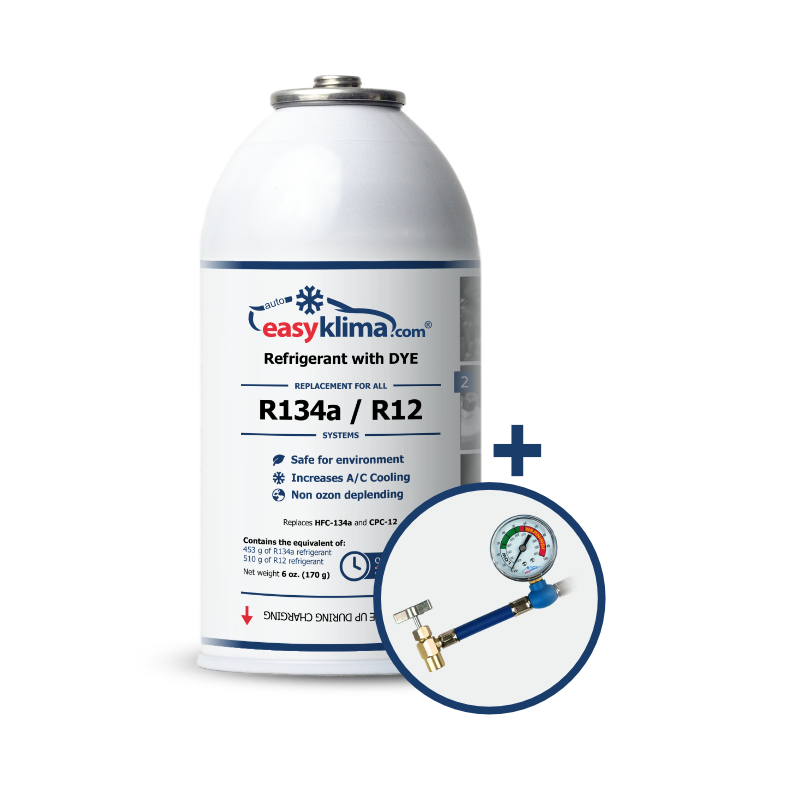Car air conditioning is not just about comfort on hot days—it is also a crucial component that affects driving safety and convenience. When the air conditioning system starts to work less efficiently, many drivers wonder what the cause might be and how to fix it. In most cases, the issue stems from a loss of refrigerant, which needs to be refilled. This process, known as air conditioning recharging, plays a key role in maintaining the system’s proper function.
Air conditioning recharging is simply the process of refilling the refrigerant in the system. This is necessary because, even in a sealed system, small amounts of gas can escape over the years. In older cars, the loss of refrigerant is more noticeable and can significantly impact cooling performance. If only lukewarm air is coming out of the vents despite the air conditioning being turned on, it is a clear sign that the system needs refilling.
The refrigerant in an air conditioning system is responsible for absorbing heat from the vehicle’s interior and releasing it outside. Traditionally, air conditioning systems used R12 refrigerant, but due to its environmental impact, it was replaced with R134a, and nowadays, the more modern AC gas R1234yf is increasingly used. Each vehicle has a specific type of refrigerant it requires, so before recharging the system, it is important to check which type is suitable for your car. While the process of refilling the air conditioning is not particularly complicated, it does require the right tools and knowledge. Automotive service centers use specialized equipment to extract the old refrigerant, test the system for leaks, and refill it with the appropriate amount of gas. However, it is also possible to perform this process independently using DIY air conditioning recharge kits available on the market. These kits are easy to use and offer a quick and cost-effective way to restore cooling performance without visiting a workshop.
The refrigerant gas plays a crucial role in the cooling process. It is compressed by the compressor, which increases its temperature; then, in the condenser, it releases heat and turns into a liquid. In the evaporator, it evaporates again, absorbing heat from the vehicle’s interior. Without the right level of refrigerant, the system cannot function properly, so regular checks and refills are essential. One of the most common issues with air conditioning systems is leaks. If the air conditioning does not work properly even after recharging, or if the problem returns shortly after, there may be leaks in the system. In such cases, sealing the leaks is necessary before refilling the refrigerant again. There are special aircon sealant additives that help detect and repair minor leaks, but larger leaks require professional repair.
Car air conditioning is not just useful in the summer. During the fall and winter months, it helps remove moisture from the vehicle’s interior, preventing window fogging and improving driving comfort. Regular air conditioning maintenance, including refrigerant level checks, helps prevent issues and extends the system’s lifespan. In addition to recharging, it is also important to clean the air conditioning system and replace the cabin air filter to ensure fresh and clean air inside the car.
Recharging the air conditioning is a key process that ensures its proper function and user comfort. Choosing the right refrigerant and regularly checking for leaks can help prevent unpleasant surprises. Whether done professionally or independently, refilling the refrigerant can extend the lifespan of the system and provide optimal driving conditions throughout the year.


